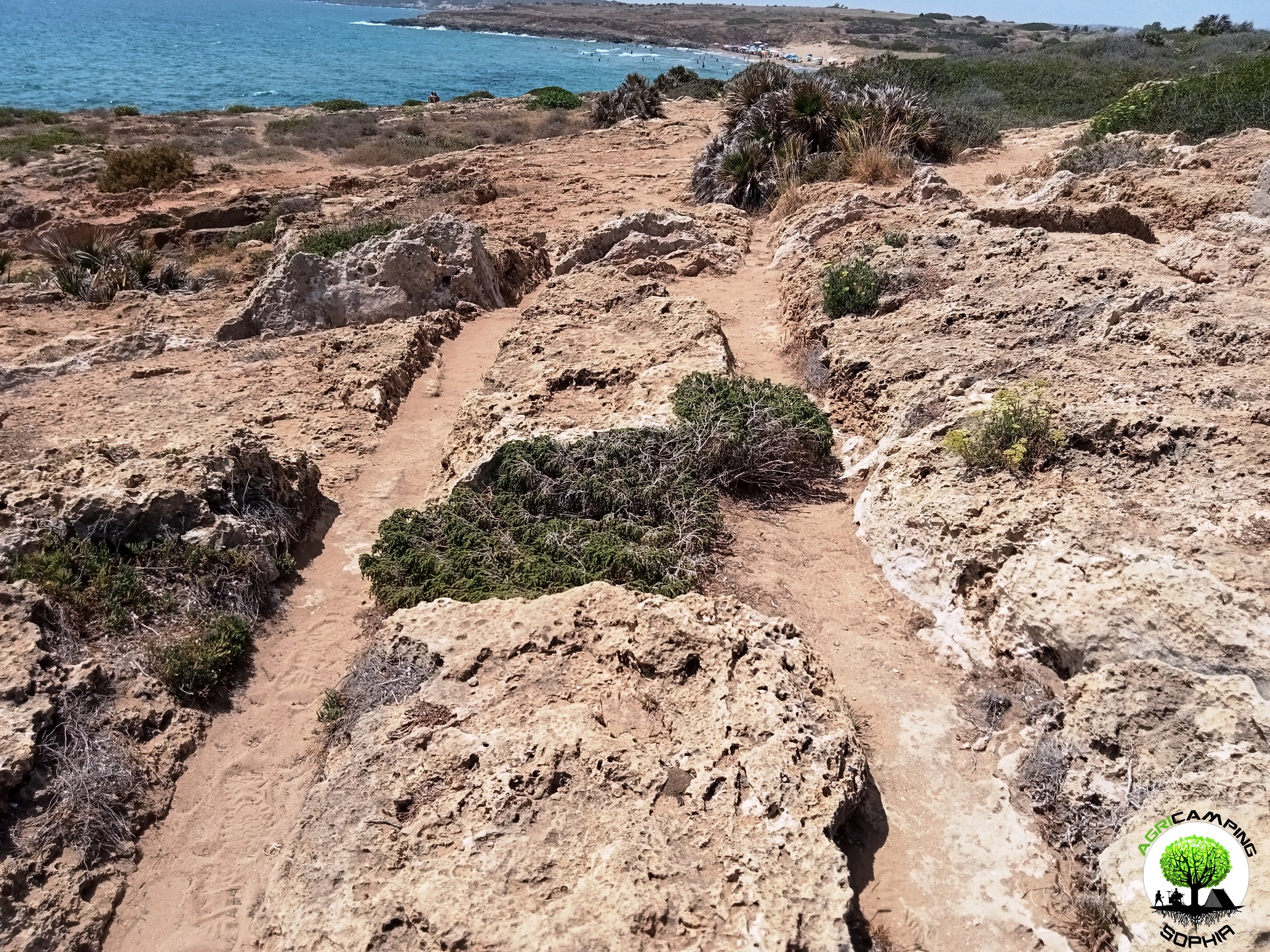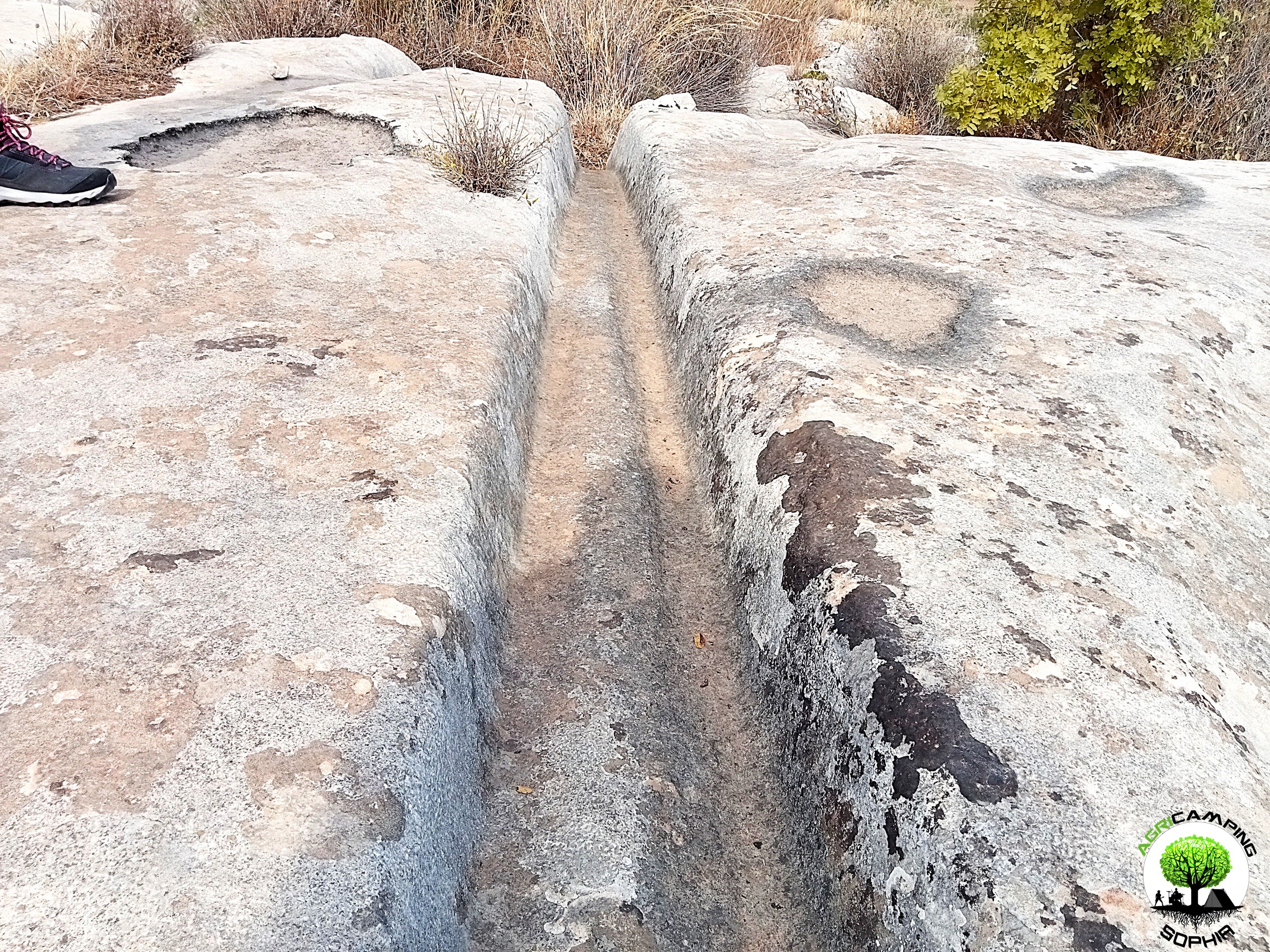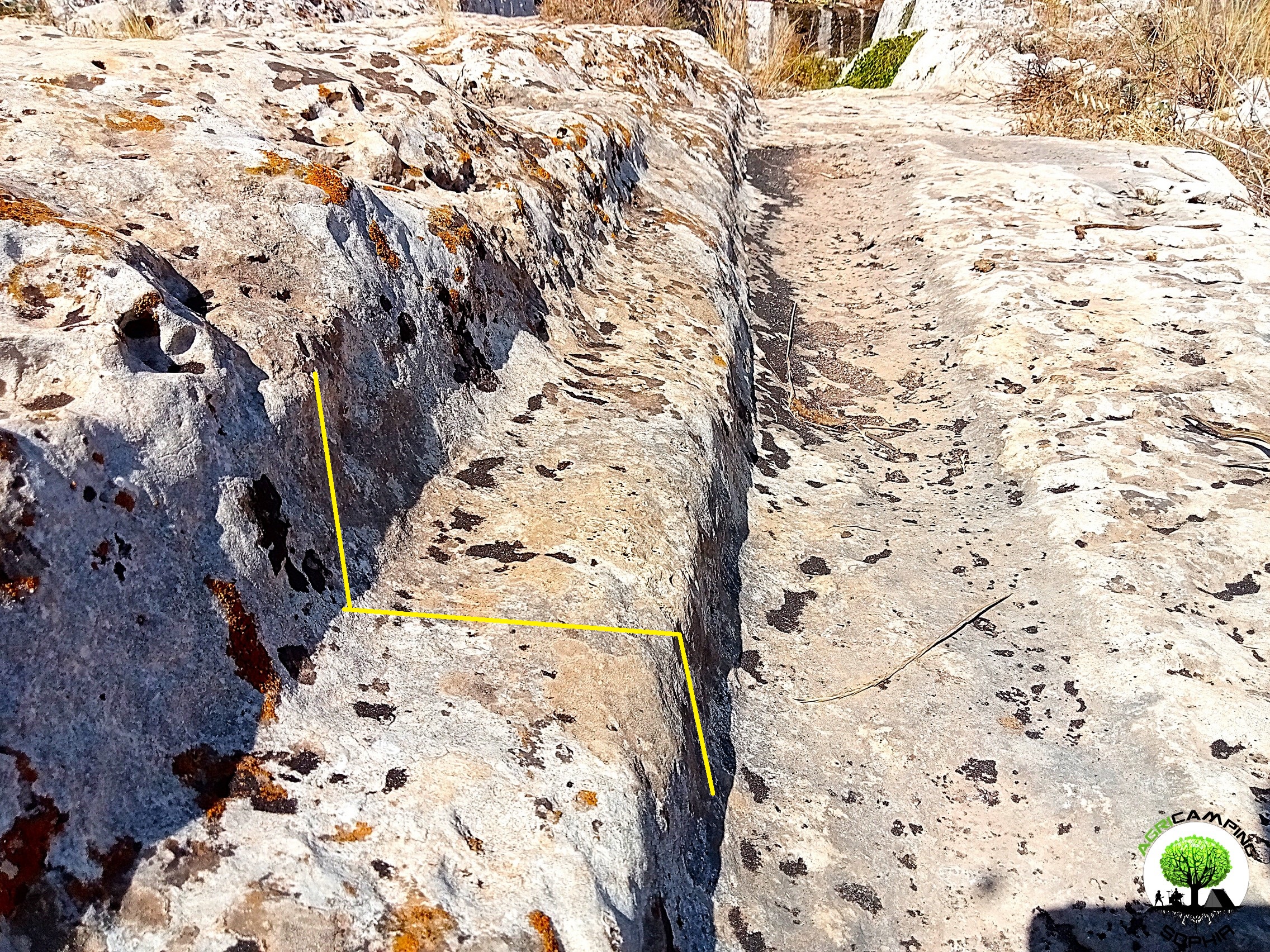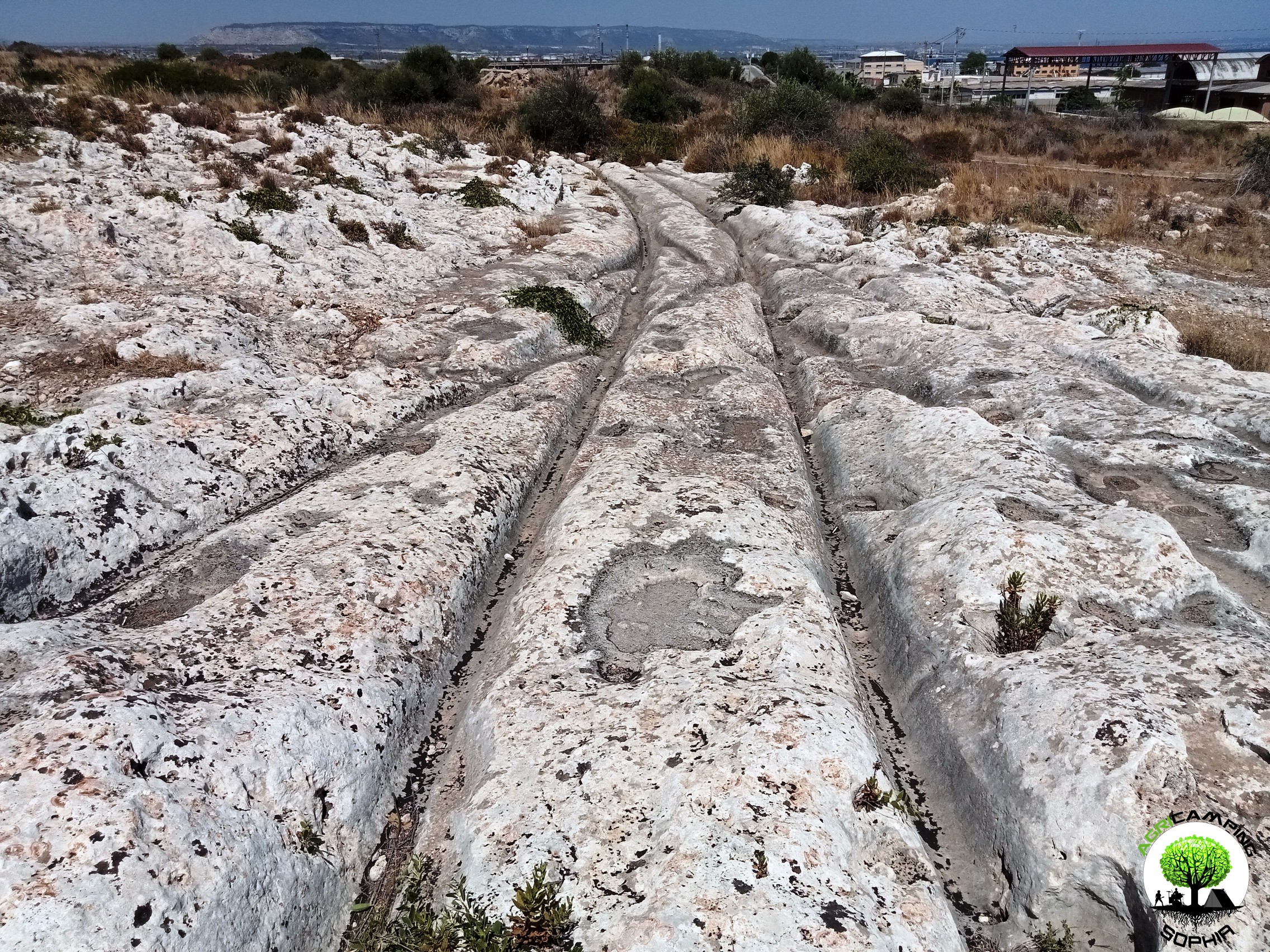Diciamola tutta:
non avrei scommesso un solo euro sulla vittoria di Mahmood al Festival di Sanremo. Non tanto per la lontananza del brano proposto dai canoni tipici della canzone
sanremese, quanto semplicemente perché non credevo potesse piacere al tal punto. In realtà il verdetto popolare (tramite il televoto) avrebbe premiato l’artista Ultimo, tuttavia la
giuria demoscopica (ossia un campione di 300 abituali fruitori di musica), la
giuria della Sala Stampa (formata cioè dai giornalisti accreditati) e la
giuria d’Onore (composta sia da esperti del settore, sia da
vip che con la musica non c’entrano proprio nulla…), ha decretato la vittoria di
Soldi di Mahmood.
Il cantante Ultimo, tramite un video recentemente postato su Instagram, avrebbe in buona sostanza gridato allo scandalo per l’arbitrario principio della preminenza popolare rispetto alle tre giurie di fatto maggiormente determinanti per l’assegnazione della vittoria.
Tuttavia a un paio di giorni dalla conclusione del festival, non solo
Soldi risulta il brano più ascoltato su Spotify e iTunes ma scala posizioni anche nelle classifiche internazionali. In altre parole,
le tre giurie ci avrebbero azzeccato: oggi
Soldi risulta il brano più
popolare d’Italia.

A uno sguardo distratto dell’“albo d’oro” del Festival di Sanremo, emerge un’evidenza (o meglio, la scoperta dell’acqua calda…):
i gusti popolari cambiano. E cambiano più o meno di pari passo col grande calderone della moda popolare. Che vuol dire “non essere alla moda” o “essere fuori moda”? Prendendo in prestito alcune “suggestioni” filosofiche, dal punto di vista della spersonalizzante e deresponsabilizzante
massa che
fa ciò che si fa e
pensa ciò che si pensa, significa non-essere-nel-mondo-condiviso, essere-fuori-dal-mondo. Per chi segue la moda popolare,
chi veste fuori moda non passa inosservato: viene quasi percepito con diffidenza, come elemento potenzialmente destabilizzante. La moda è la celebrazione dell’appartenenza sociale.
Così l’
apprezzamento collettivo di un brano musicale, a prescindere dal soggettivo giudizio “estetico”, diviene un
rito di reciproco riconoscimento sociale.
Per assurgere a questo ruolo, una canzone deve innanzitutto avere i requisiti per essere
popolare e la ricetta di massima è: testo immediato e coinvolgente, armonia e ritmo semplici e orecchiabili. Ad esempio, con buona pace di Ivano Fossati, che cantava il brano
Canzone popolare, la sua (per me) sublime
Confessioni di Alonso Chisciano, mai e poi mai sarebbe potuta diventare una canzone popolare (sospetto però che non avesse mai ambito a tal traguardo…)
Per la sagra delle ovvietà, diciamo anche che
chi produce musica ha interesse a smerciarla. A parte etichette sperdute di nostalgici duri e puri, per le “famigerate”
Major la musica è merce: più è popolare, meglio è. È marketing, baby!
 Soldi
Soldi è una
canzone popolare? Le classifiche dicono di sì. Le classifiche dicono anche che
i giovani oggi ascoltano soprattutto hip hop, trap, derivati e affini, generi oggi per forza di cose popolari.
Lungi da me la tentazione di sciorinare giudizi generalizzanti su interi filoni musicali dei quali non ho nemmeno una conoscenza approfondita. Tuttavia,
da appassionato e musicista dilettante, rivendico il diritto di esprimere un giudizio, con i metri derivanti dalla mia conoscenza della materia, del brano di Mahmood, nella consapevolezza che da adolescente mi fiondavo in pista (non in quel genere di pista…) alle prime note (anche se forse è un po’ esagerato definirle “note”) di
Pass The Toilet Paper. E ho detto tutto. Oggi i miei eterogenei ascolti non disdegnano qualche nostalgico capitolo di quella
dance anni ’90 tanto di moda durante la mia adolescenza, tuttavia quando cerco di prendermi più sul serio spazio dalla classica di Bach, al cantautorato di Battiato, al rock progressivo dei Porcupine Tree ma anche a proposte rock e metal contemporanee. In altre parole, ascolto tutto e non ho alcun preconcetto. Mi è concessa facoltà di giudizio sul pezzo che ha vinto Sanremo? È altresì percorribile anche quell’antropologico
relativismo culturale per cui, in soldoni, non si può dire nulla su ciò che non appartenga alla cultura d’appartenenza, in quanto imbevuti dei suoi pregiudizi (teoricamente, quindi, non si potrebbe nemmeno condannare l’infibulazione…) Quindi, poiché poco avvezzo al godimento di questo nuovo filone musicale, esprimerei un giudizio analogo a quello di mio nonno sul rock, ossia
brutto perché nuovo e diverso rispetto alla
canzonetta di una volta (semi cit.)
Tuttavia
io non sono affatto persuaso che tra questo nuovo filone musicale e i generi “vecchi” ci sia una tale distanza da appartenere a mondi differenti. Penso ad esempio alla musica classica dodecafonica, ma pur sempre vincolata a regole armoniche e ritmiche determinate, rispetto al salto concettuale del jazz con la
blue note e soprattutto con l’indeterminatezza dello
swing: in questo caso, sembra di avere a che fare col rapporto tra la meccanica classica e la meccanica quantistica…
Questo nuovo filone mi sembra invece assolutamente intellegibile con i parametri “vecchi”. Non vedo alcuna rivoluzione, anzi…

Supposto di aver acquisito il diritto alla parola, questa è la mia soggettivissima recensione di
Soldi di Mahmood, senza alcuna pretesa di oggettività e consapevole dello scarso gradiente di condivisibilità. Sul testo ho poco da dire: non mi sembra che abbia una particolare complessità filosofica ma almeno non tedia col racconto della solita crisi amorosa. L’ascolto risulta piacevole (oltre che alle mie AKG K240 MkII…) grazie a una produzione di primordine, curata in ogni particolare: complimenti al
sound engineer. È impiantato sulla classicissima alternanza di strofa-ritornello col collaudato bridge che precede il ritornello finale. Il problema di fondo, sempre a mio modestissimo modo di vedere, sta sulla monotonia armonica: in altre parole già dopo circa un minuto il brano si sarebbe potuto tranquillamente concludere ma si trascina per altri due minuti senza aggiungere nulla di nuovo. Almeno il giovane artista (o chi per lui) ha avuto il buon senso di non eccedere troppo i tre minuti. Il tanto di moda
sub-bass è mutuato dalla vecchia
drum’n’bass. Tutto è quantizzato a gogo: nessuna sfumatura “umana” per intenderci. Ma si tratta in fin dei conti di
elettronica in cui tutto è programmato e nulla è realmente suonato. Ma chi non lo fa al giorno d’oggi! Gli Opeth? (Ma che c’entra! Umpf…) Non stupisce quindi l’importante utilizzo di
auto-tune o
melodyne, così per dare un colpo al cerchio (correzione d’intonazione) e uno alla botte (quell’effettino tipico a mo’ di singhiozzo, anche questo tanto di moda). Brano sui 100 bpm chiaramente vocato al ballo.
Complessivamente un buon brano, adatto alla mia playlist per un unico passaggio perché Mahmood mi sta simpatico…
E poi, mai dire mai: i gusti cambiano, anche se io sono sempre stato fuori moda…
Vi saluto con uno scontatissimo
de gustibus non disputandum est con la speranza di non essermi attratto troppe antipatie!
P.S. Non è un caso se nel logo dell’Agricamping Sophia ci siano un chitarrista e un batterista sotto l’albero!
P.P.S. Non ero a "accreditato" a Sanremo, quindi non ho foto di mia proprietà più all'uopo... Pardon!
 DO YOU WANT TO ORGANIZE AN ERASMUS AT AGRICAMPING SOPHIA?
DO YOU WANT TO ORGANIZE AN ERASMUS AT AGRICAMPING SOPHIA?
WHAT IS AGRICAMPING SOPHIA?
It is a campsite with tent pitches, glamping tents, mobile homes and bungalows
WHERE IS IT?
In Italy, in Sicily, near Syracuse, in Pachino: 36.736883, 15.095610
HOW TO CONTACT US?
info@agricampingsophia.it
(SPEAK ENGLISH) +39 3473079242 – (ONLY SPEAK ITALIAN) +39 3452396095
WHAT DO WE OFFER?
We offer hospitality and catering for Erasmus projects
FOR HOW MANY PEOPLE?
We can have 4-7 single beds in the Socrate Bungalow, 6-10 single beds in the Platone Mobile Homes, 4-6 single beds in the Aristotele Mobile Homes, 4 single beds in the Iblone Mobile Homes, 4 single beds in the single beds in the Empedocle Glamping Tents. In total we therefore have 18 comfortable single places or 31 single places with a fair spirit of adaptation.
IN WHICH PERIOD CAN AGRICAMPING SOPHIA BE AVAILABLE?
The most suitable periods to use our services...
 CART RUTS MODELED ON SOFT ROCK?
CART RUTS MODELED ON SOFT ROCK?
Read also RACK OR HOUSING FOR CLOGS?
Some cart ruts from the Targia district, in Syracuse, and most of the cart ruts from Granatari Vecchi, in Rosolini, give the impression of having been impressed, modelled, on a rock that was originally viscous, not entirely solid. As absurd as this hypothesis may seem, especially in Granatari Vecchi, the softness of the shapes and the at least anomalous uniformity of the rock bank, as if it were a concrete casting, which hosts the cart ruts, is unicum compared to the lithic context in the area.
In Targia this phenomenon is less impressive but if we consider the cart ruts essentially cart tracks, therefore furrowed roads indirectly resulting from the repeated passage of carts along the same route, we do not understand why such uniformity and smoothness is present, in the majority of cases, also on the parts not affected by the passage of the...
 RACK OR HOUSING FOR CLOGS?
RACK OR HOUSING FOR CLOGS?
Read also CART RUTS CUT FROM QUARRIES
In the presence of slopes, even slight ones, in some cart ruts in the Targia district, in Syracuse, central holes are found with a diameter of between 30 and 50 centimeters and a depth of 15-20 centimeters, spaced about 50 centimeters apart. Neither the position (they are not exactly in the center of the cart ruts and perfectly aligned with each other), nor the shape appear perfectly regular: either the passage of time and any wear have profoundly modified their original shape or, simply, they have never had a systematic regularity. However, the offset in position between one hole and another is never completely “off-axis”: there is always a portion about twenty centimeters wide that coincides with the same portion of the previous and subsequent hole. The best preserved and most defined holes are found in the cart ruts usually called Scala...
 CART RUTS CUT FROM QUARRIES
CART RUTS CUT FROM QUARRIES
Back to CART RUTS AND A FEW TOO MANY PROJECTIONS
I will skip any preamble, referring to what has already been written regarding the presence of cart ruts in south-eastern Sicily.
The easy academic tendency has been, in most cases concerning cart ruts, to consider them in terms of the latomie, or quarries, with which very often (for example in the cases of the Targia or Pizzuta districts) they share the same territory.
According to this theory, the carraie would have been indirectly created due to the wear of the rock at each passage of carts or sleds loaded with extracted stone blocks. I will not repeat the arguments presented so far in order to demonstrate that this is a theory that has little solid foundations on an in-depth analysis of the cart ruts. However, I will add a piece by demonstrating the implausibility of a connection between them in both chronological and functional...
 CART RUTS AND A FEW TOO MANY PROJECTIONS
CART RUTS AND A FEW TOO MANY PROJECTIONS
Read also THE POLISHING OF THE CART RUTS
I will skip any preamble, referring to to what has already been written regarding the presence of cart ruts in south-eastern Sicily.Considering the possibility that the cart ruts were gradually dug by the passage of carts pulled by pack animals, for example pairs of oxen, observing certain sections of the cart ruts present in the Granatari Vecchi district, in Rosolini, and in the Pizzuta district, close to the Vendicari Reserve, two questions arise:
1. Why force the animals to pass over rough surfaces and protrusions high, compared to the base of the furrows, even 60-70 centimeters?
2. Why, in the presence of such obstacles, not opt for a detour?
For Mottershead, Pearson and Schaefer such protrusions appeared later, since at the time of the passage of the wagons, a layer of earth covered the rocky bank, thus not making the obstacle...
 THE POLISHING OF THE CART RUTS
THE POLISHING OF THE CART RUTS
Read also THE PROBLEMATIC EDGES OF THE CART RUTS
I will skip any preamble, referring to to what has already been written regarding the presence of cart ruts in south-eastern Sicily.
To proceed with this comparison I have chosen a probable capital and the corner of a recess present in a block of the northern walls of Eloro that would seem to resemble a pinax, that is, a niche that would have housed a fresco of the heroa, but which a more careful observation refers to a system functional to the grip of the block through a pincer winch. Both elements, like the curt ruts, have remained at the mercy of the elements for millennia, and are therefore subject to comparable wear and tear due to the passage of time. The finishing of the capital should be of a high standard, since it is an architectural element that also has an aesthetic function. The recess, on the other hand, should have...
 THE PROBLEMATIC EDGES OF THE CART RUTS
THE PROBLEMATIC EDGES OF THE CART RUTS
I will skip any preamble, referring to to what has already been written regarding the presence of cart ruts in south-eastern Sicily.As can be seen in other sites around the world, in some cart ruts I visited, in particular in the Cugni district in Pachino, in the Granati Vecchi district in Rosolini and in the Targia district in Syracuse, a clear border can be seen, a sort of frame, next to the grooves, more marked externally, barely noticeable internally.
The borders I measured have a width of 14-20 centimeters and a height of 8-10 centimeters.
Not all cart ruts have such frames present or particularly evident, regardless of the degree of wear or degradation. They are found above all in cart ruts with less deep grooves.
As already described in detail, given the presence of furrows with a depth of even 65-70 centimeters, the wheels of a possible vehicle would have had to have a...
 THE PROBLEM OF CART RUTS IN SOUTH-EASTERN SICILY (PART FOUR)
THE PROBLEM OF CART RUTS IN SOUTH-EASTERN SICILY (PART FOUR)
Click here to return to third part
Clapham Junction
As in the Maltese site Misrah Ghar Il-Kbir, also in the Targia and Granatari Vecchi districts the cart ruts intersect and cross each other in a similar way to the track switches in a railway station. The nickname Clapham Junction that was given by David H. Trump to the Maltese site, derives precisely from the similarity with the famous English railway station. For Sagona these are agricultural furrows and water channels, for Mottershead, Pearson and Schaefer these are abandoned paths due to obstacles and wear. Obviously we do not know what the morphology of the Syracuse and Rosolini territory was at times when the cart ruts were traced, but considering the current context, there certainly would have been no agricultural reason to build them, given the presence of fertile land, springs and fresh water courses just a few kilometers...





 DO YOU WANT TO ORGANIZE AN ERASMUS AT AGRICAMPING SOPHIA?
DO YOU WANT TO ORGANIZE AN ERASMUS AT AGRICAMPING SOPHIA? CART RUTS MODELED ON SOFT ROCK?
CART RUTS MODELED ON SOFT ROCK? RACK OR HOUSING FOR CLOGS?
RACK OR HOUSING FOR CLOGS? CART RUTS CUT FROM QUARRIES
CART RUTS CUT FROM QUARRIES CART RUTS AND A FEW TOO MANY PROJECTIONS
CART RUTS AND A FEW TOO MANY PROJECTIONS THE POLISHING OF THE CART RUTS
THE POLISHING OF THE CART RUTS THE PROBLEMATIC EDGES OF THE CART RUTS
THE PROBLEMATIC EDGES OF THE CART RUTS THE PROBLEM OF CART RUTS IN SOUTH-EASTERN SICILY (PART FOUR)
THE PROBLEM OF CART RUTS IN SOUTH-EASTERN SICILY (PART FOUR)